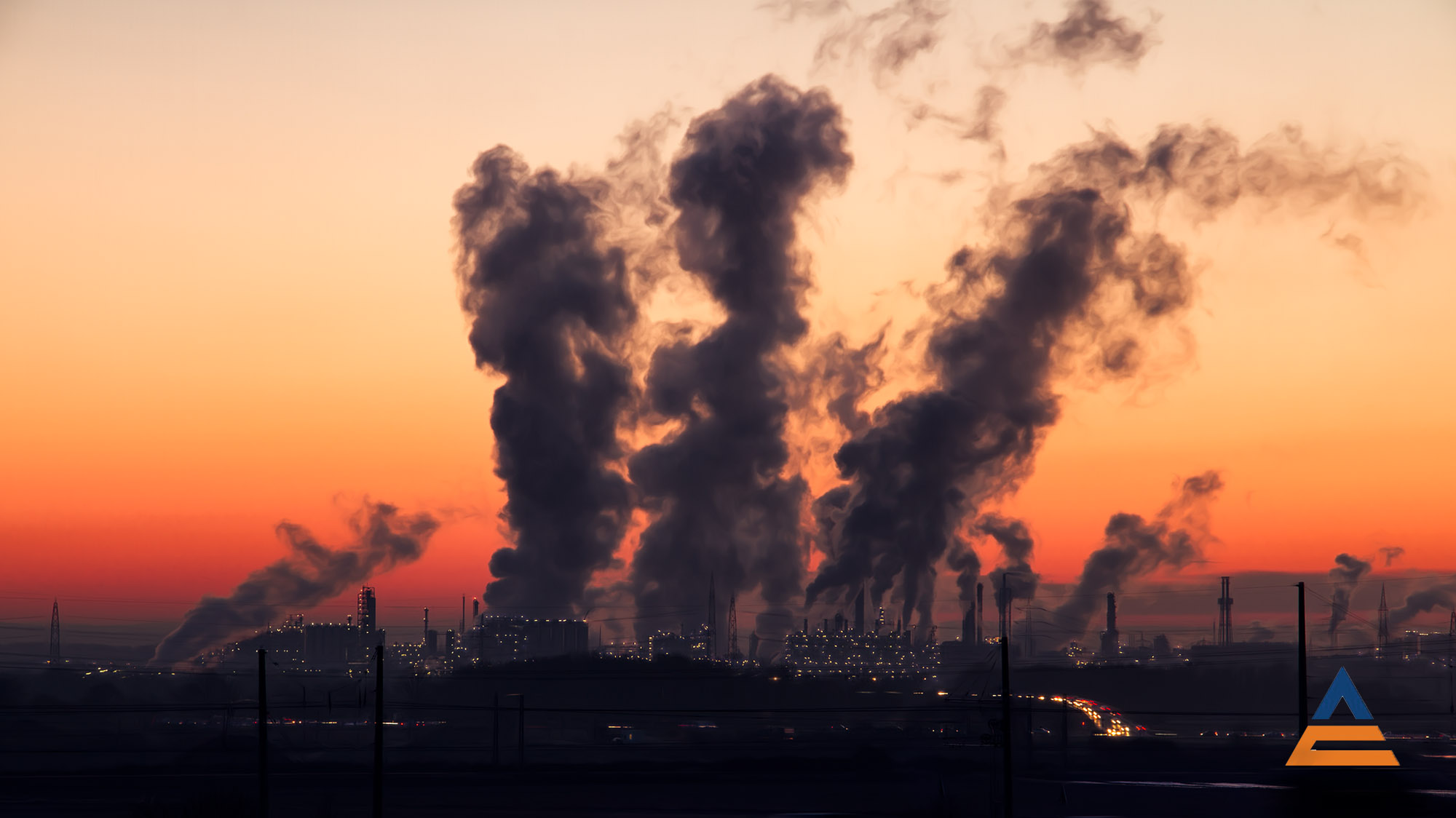Which CO2 risk is your company exposed to?
The political consequences of climate change and the increasingly strict legal requirements of governments are no longer just a matter for civil activists, but an integral part of global economic life. The last World Economic Forum in Davos was another example of how the fight against global warming also affects companies. Beyond the opportunities that arise, most companies are primarily driven to change the way they think and act in economic terms by the rising cost risk.
A growing risk trend
More and more countries are taking measures to combat global warming and pricing the emission of greenhouse gases. There is every reason to believe that this trend will continue and intensify in the coming years.
Because the rules on CO2 pricing have so far been national, it is indeed important to know first of all how much CO2 is released where, in order to be able to map and assess this risk in scenarios depending on the various developments.
Which emissions are relevant for internal CO2 pricing?
In general, a distinction is made between direct and indirect emissions of a company. Direct emissions are often referred to as Scope 1 emissions. These include, for example, combustion exhaust gases from the company’s own production or its own vehicle fleet. Sources that are directly controlled by the company. Indirect Scope 2 emissions are caused by the energy consumption of companies. Scope 3 emissions must be included in order to enable a holistic view of the entire value chain of a product. For example, emissions from the production and transport of purchased materials and waste disposal are taken into account.
However, it takes time to completely change the operating model of the supply chain. For example, carbon neutrality (i.e. offsetting all CO2 emissions) can only apply if the entire chain is given this status, which requires a profound change and significant investment in both financial and time terms.
An equation with many variables
So how do you deal with this risk in the short, medium and long term? What are your climate targets and the climate targets of your customers?
Of course, it is difficult to answer this question, as many unknown parameters are involved. The measures that need to be taken in your company depend on the value chain of your products, including the countries where your raw materials and purchased parts are sourced, as well as a cost- and CO2-optimal energy mix for your own production services. For example, it is easier to achieve climate neutrality in a country that works with renewable energies than with fossil fuels. What challenges do you face?
Feel free to contact us if you want to minimize your CO2 risk, define goals and strategies and implement them.
Gregor van Ackeren
Managing Director, ADCONIA GmbH
Sinja Krauskopf
Consultant, ADCONIA GmbH



